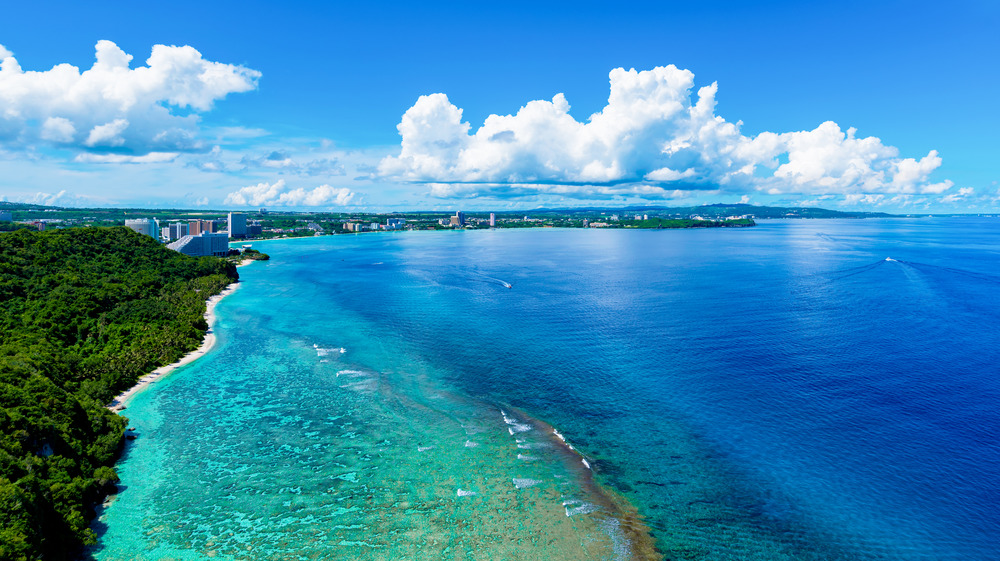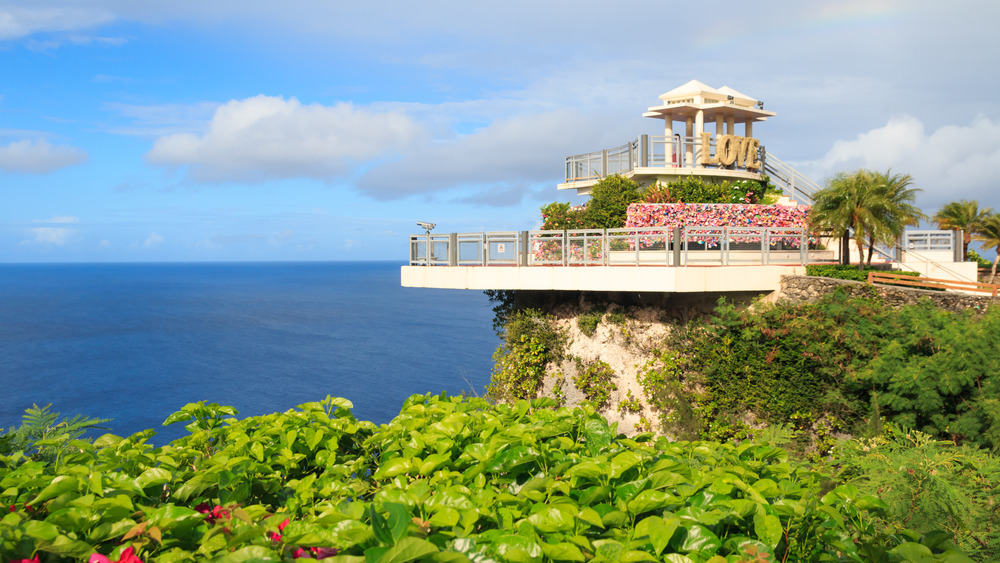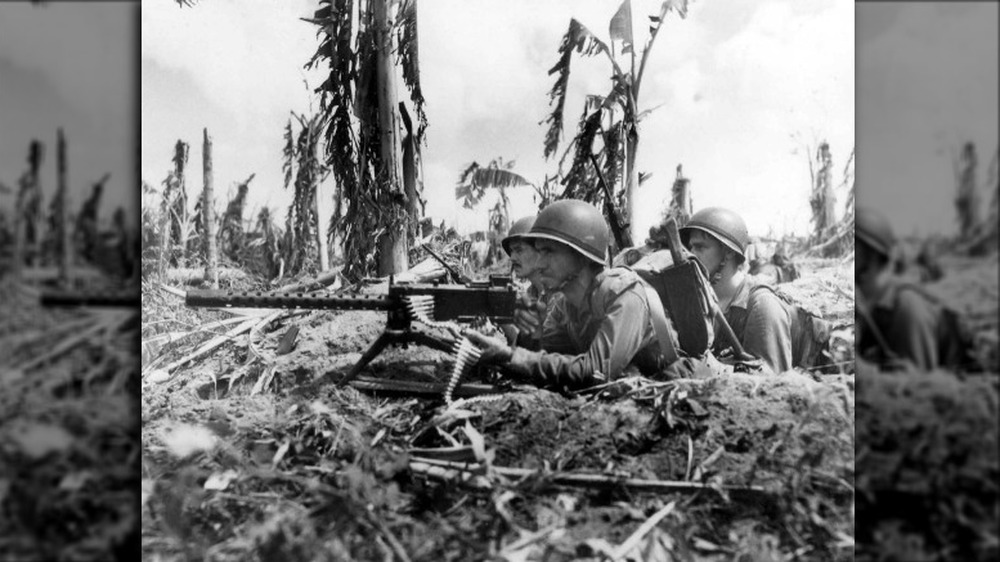How The United States Stole Guam
Guam was one of a number of islands the United States acquired as a result of the Spanish-American War of 1898. Other acquisitions included Puerto Rico, Cuba, the Philippines, and the Northern Mariana Islands, an archipelago to which Guam belongs geographically, but no longer politically. But although it remains a U.S. territory today, the United States had a bit of trouble hanging on to Guam in the middle of the 20th century.
According to Britannica, human habitation of Guam goes back over 3,000 years, its first inhabitants most likely coming from Indonesia or the Philippines. By 800 CE, society on Guam had developed into a complex culture with communal housing and stone and shell tool work.
The first European to visit Guam was most likely the Portuguese explorer Ferdinand Magellan. It is known that he visited the archipelago and named the islands the Ladrones (Spanish for "Thieves," because some natives stole a skiff from his fleet), but the exact island he visited has been lost to history. The Spanish called dibs on Guam and the other Marianas in 1565, but didn't bother to develop any colonies on them, as they were too busy looking for gold in the Americas. Spain didn't attempt a full-fledged conquest until the late 17th century, and the process took its toll on the native population of the island. Many were killed for objecting to the imposition of Christianity, and diseases like influenza and smallpox killed many more. Guam remained a colony of Spain over the following two centuries.
The United States gains control over Guam after the Spanish-American War
But by the end of the 19th century, the Spanish empire was in decline. According to the Library of Congress, its empire in the Americas had severely dwindled after Mexico and other mainland Latin American countries had all successfully campaigned for independence. It was now down to just Puerto Rico and Cuba in the Americas, and Guam, the Philippines, the Marianas, and a few other Micronesian islands in the Pacific. The first knell for these last colonial holdouts tolled in Cuba in the late 1860s, when guerrilla fighters began a struggle for independence. This action was echoed in the Philippines in 1896, and Puerto Rico was granted autonomy in November 1897.
Quite a bit of US money was invested in the Cuban sugar industry, and the trouble there kindled sentiment for the United States to enter into conflict with Spain to protect those interests. The Spanish instituted martial law on the island in 1896. In 1898 a US warship, the Maine, blew up and sank in Havana Harbor. As History reports, in 1976 it was determined that the explosion was probably caused by a fire that ignited the ship's ammunition, but at the time of the incident, the popular press blamed Spain. The United States declared war on Spain on April 25, 1898.
The Spanish governor of Guam surrendered the island to U.S. control in July when naval commander Commodore George Dewey stopped by and informed him that his country was at war.
The United States lost control of Guam temporarily in WWII
No one from Spain had bothered to let him know.
Spain had sold the Northern Mariana Islands to Germany after the Spanish-American War, creating the official political separation between Guam and the Northern Marianas, and after Germany's defeat in World War I, Japan saw a chance to gain a foothold in the South Pacific. It took control of the Northern Marianas, but according to Guampedia, it viewed larger islands like Guam and the Philippines as impediments to its plans for empire in the Pacific. So during World War II, Japan attacked and easily overtook Guam in 1941. As noted by the National WWII Museum, the United States began its island hopping campaign in August 1942, capturing various islands in Micronesia until it finally retook Guam and the other Mariana Islands in 1944. The islands were then used as staging grounds for bombing campaigns on Japan.
Meanwhile, throughout all of this turmoil, the people of Guam have persevered. "The people of Guam have struggled through colonization that threatened our very existence and then fought for our very lives in the anguish of World War II," said former Governor Eddie Baza Calvo, according to Story Maps. "Our manamko [elders], the greatest generation, did more than survive war; they rebuilt this island to be a shining example of what could be ... Though we are a small island in the Pacific — no matter what is thrown in our direction — we will persevere."


